The Future of Responsible Aquaculture
With 90% of the world’s fisheries either harvested up to or beyond their biological limits, fish farming—aquaculture—will increasingly be the means to meet the growing population’s demand for seafood. In fact, aquaculture already yields more seafood than the world’s fisheries.
Like other food production systems, aquaculture must be managed responsibly in ways that protect wildlife, workers, communities, and the natural environment in which they all live. Agricultural production systems, including aquaculture, by their nature, will have impacts on the environment in order to produce food for humans. However, a responsible aquaculture farm has reduced and controlled impacts on the surrounding environment and it efficiently utilizes resource inputs like feed ingredients, water, and energy. Responsible fish farming operations are managed in ways that protect wildlife, workers, communities and environment in which they all live.
WWF recommends the Aquaculture Stewardship Council standard (ASC) as the most credible, robust certification for farmed seafood. In order to increase availability and impact from responsible aquaculture operations, WWF supports aquaculture improvement projects and other efforts that enable farms to improve their performance and achieve the standard of the ASC. In order to achieve this, we are working with some of the world’s largest aquaculture companies and the companies that bring that seafood to consumers in the US, from the salmon farms of Chile’s southern coast to shrimp farms dotting Vietnam and Thailand.
KEY IMPACTS
WWF has identified key metrics for aquaculture to systematically improve farm-level environmental and social performance. These metrics are embedded in the core of the ASC standards and WWF approaches to aquaculture improvement. They can apply to all aquaculture systems across size, species, and place.
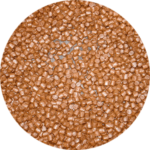
Wild Fish for Feed
Feed ingredients can come from unsustainable fisheries that impact the health of marine ecosystems. Pound for pound, aquaculture feed contains less wild-caught seafood than it used to, though the growth of the sector is so great that the overall use of wild-caught seafood in feed is still increasing.

Land and Habitat Conversion
Like all farming, aquaculture takes up space. Production can occur in ponds, lakes, rivers or along the coast. Mangroves, among other ecologically-sensitive habitats, have been cleared for aquaculture–activities that can drive climate change, threaten wildlife and their habitats, pollute drinking water, and harm neighboring fisheries on which others rely for food and jobs.
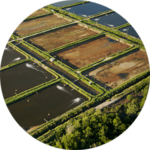
Water Use
Aquaculture uses a significant amount of fresh water for many reasons, including to fill ponds and to produce feed. While most is returned to the environment, there is much that can be done to use water more efficiently and limit pollution.
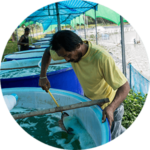
Survival
Farmers must keep fish healthy to use resources efficiently. Low survival rates waste feed and contributes to pollution. Good conditions and management can increase farm survival rates while decreasing pressure on natural resources to produce food.

Energy Use
Aquaculture requires energy to dig ponds, produce feed, and treat waste, though use varies depending. Extensive farms use very little, while farms with 24-hour aeration can use significant amounts.

Water Pollution
Most farms release water into their surrounding environments. To protect communities, wildlife and habitats, it’s critical to keep waste water free of chemicals, feed, waste and other pollutants.
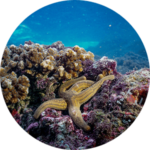
Feed Efficiency and Waste
Good management of farmed fish will optimize the amount of ingredients required to feed them and minimize the excess nutrients sent back into the environment. The lower the feed conversation ratio the smaller the waste load.
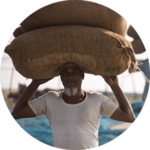
Social Issues
Fish farms can impact on the people in neighboring communities. It’s critical for human dignity and welfare that aquaculture operations are developed and managed in ways that protect workers’ rights as well as those of the people who can be harmed by the environmental impacts of poorly placed and run farms.
In addition to these seven core principles, it is important that companies are able to trace their seafood products back to the farms where they originated. The ASC Standard also requires that each company in the supply chain handling or selling an ASC-certified product must have a valid Chain of Custody Certificate. This ensures seafood is traceable back to the source and enables supply chain actors to verify their products come from responsible and sustainable sources.
Improving Aquaculture Around the World
WWF actively supports producers, feed companies and various allied industries to advance responsibly farmed seafood by measurably reducing these key impacts. In the same way, WWF encourages large retailers and restaurant chains to adopt responsible seafood procurement policies that call for sourcing responsibly farmed, traceable and habitat conversion-free seafood products while incentivizing greater efficiencies to constitute a business case for change.
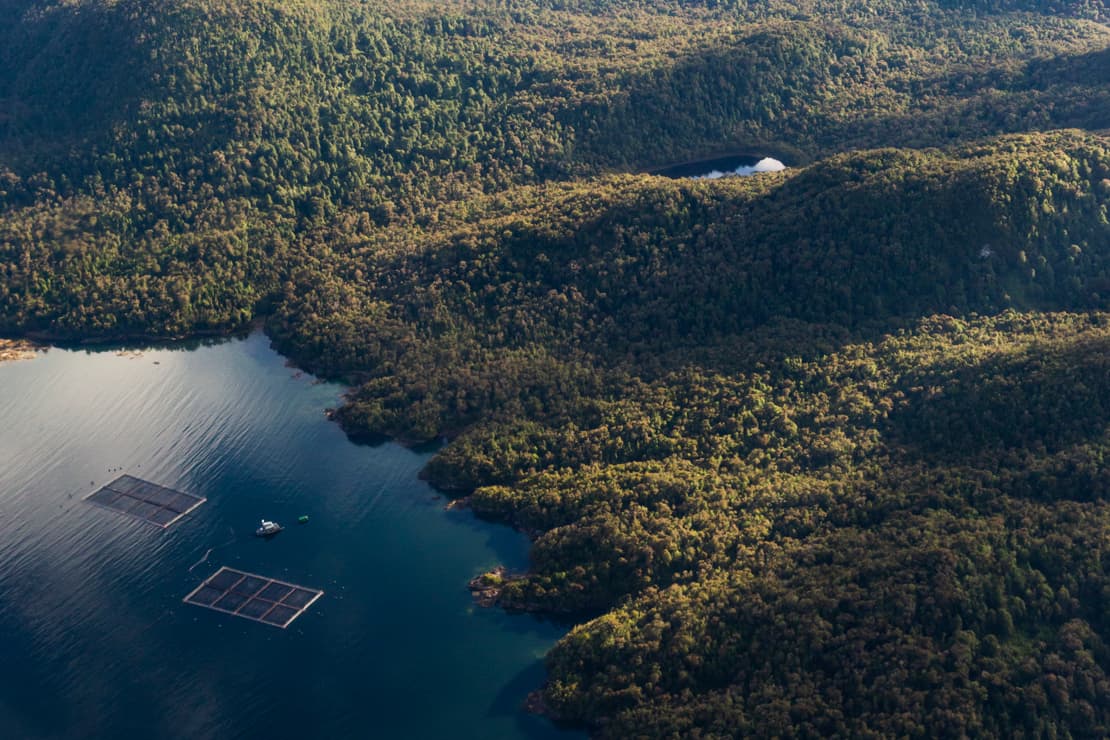 © Yawar Motion Films / WWF-US
© Yawar Motion Films / WWF-US
WHAT WWF IS DOING
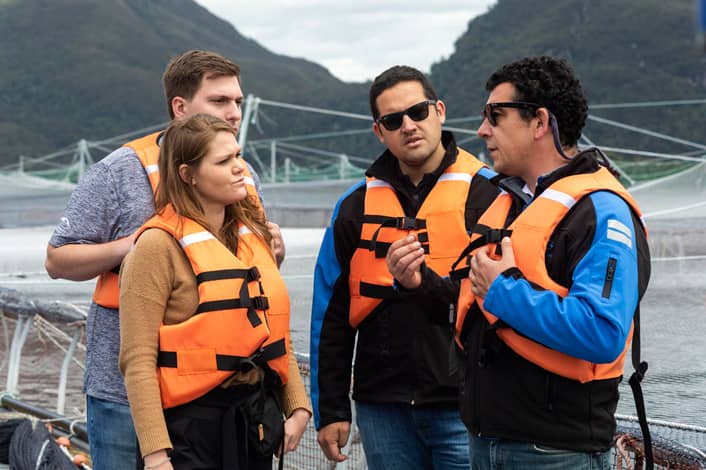 © Yawar Motion Films / WWF-US
© Yawar Motion Films / WWF-US
Transitioning source farms
By engaging farmers, processors, retailers, feed companies, non-governmental organizations (NGOs), and other stakeholders, WWF’s approach of incentivizing better performance works to improve seafood farming production practices and reduce the impact that fish farming can have on wild habitats and the diverse life they support. Various tools exist to better track supplies of aquaculture products and feed, Aquaculture Improvement Projects (AIPs) also help farms earn Aquaculture Stewardship Council (ASC) certification, which WWF recognizes as the most credible and effective standard for determining environmentally responsible and sustainable aquaculture.
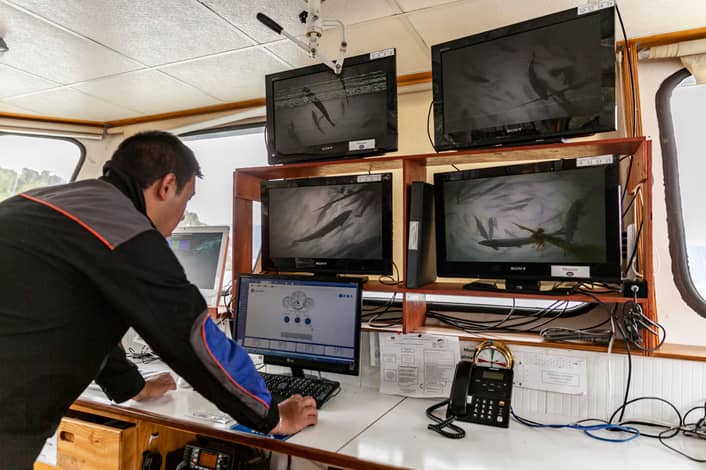 © Yawar Motion Films / WWF-US
© Yawar Motion Films / WWF-US
Improving seafood traceability
Companies can only ensure they are sourcing seafood from responsible farms if they can trace what they buy back to the source. WWF is working with retailers, farms, scientists, software engineers and others to enable every farmer, fisher, processor, importer, retailer, and restaurant to access information on a shared network tracing the supply from feed to farm to fork.
Get Involved. Get Started.
CONTACT US
To learn more about industry engagement at WWF, please contact our team at info@nullseafoodsustainability.org, or via the contact form below.


